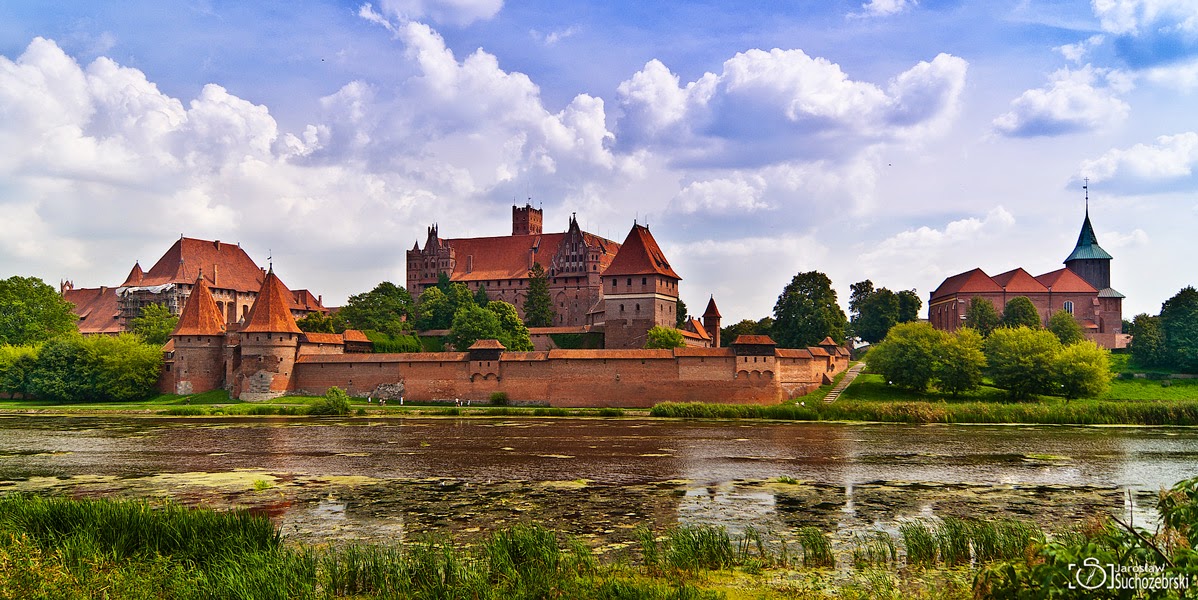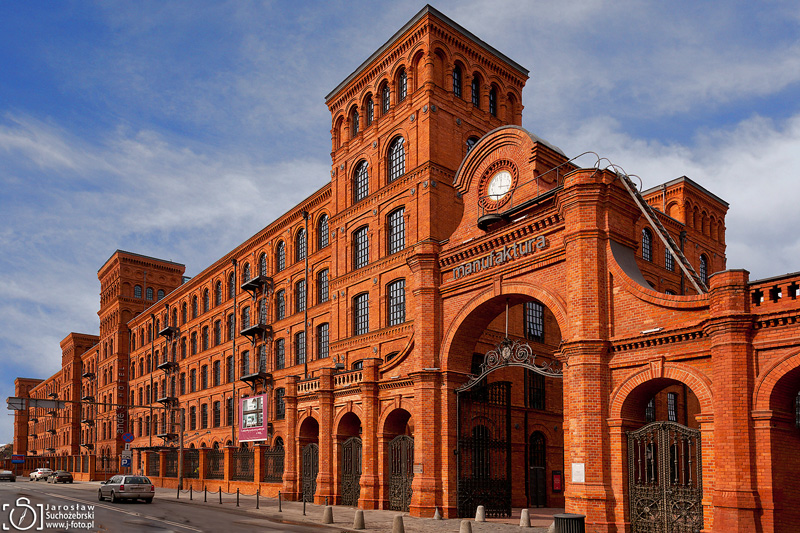Promised Land - Łódź, Poland
 |
| Izrael Poznański's Palace |
Łódź is a very interesting city located approximately 135 kilometres south-west of Warsaw - capital of Poland.
In 14th-18th century Łódź was a small village, and then small and insubstantial town. The 19th century brought with it industrial development for Łódź. The immigrants came to the Promised Land (Ziemia obiecana, the city's nickname) from all over Europe, creating a multinational population with three dominating groups: Poles, Jews and Germans (in the 1930s the proportions of these nationalities was approximately 50%, 30% and 15%). During Łódź’s peak of prosperity its population was doubling every ten years.
 |
| Jewish Cemetry |
In time of Word War II Łódź was attached to the German Reich. The local ghetto established by the Nazis as a prison for 200,000 Jews was eventually liquidated in 1944. Most of its inhabitants were murdered in the camps of Auschwitz and Theresienstadt.
For a few years after the war ended, Łódź effectively took the role of state capital as Warsaw had been completely destroyed. There were some ideas about moving the capital permanently to Łódź, although they came to nothing in the end.
Today Łódź is the third-largest city in Poland, and is the capital of Voivodeship. It is a crucial educational and cultural centre. Łódź is a significant cultural centre, internationally known for its Film School, a cradle for the best Polish cameramen, actors and directors, including Andrzej Wajda, Krzysztof Kieślowski and Roman Polański. It is popular tourist destination, for its specific industrial ambience, interesting architecture.
 |
| Manufactuer palace, Piotrkowska Street |
In Łodź, you need to see:
- the highest number of villas and manufacturer’s palaces in Poland – approximately 200 in the area of the city
- the largest industrial and residential complexes in Poland – of I.K. Poznański and Księży Młyn of K. W. Scheibler
- the largest manufacturer’s palace in Poland – the palace of I. K. Poznański built before 1902, currently the seat of Museum of the City of Łódź
- the longest trade route in Europe – ul. Piotrkowska being approximately 4 km long
- the largest Jewish Cemetery in Poland – it covers an area of 42 ha, there are 180,000 graves, 65,000 matzevas
and much more...
 |
| Nineteenth-century factory building, Księży Młyn district |
 |
| Ludwig Geyer's factory at Piotrkowska street (called White Factory) |





















It looks a very interesting town but with a terrible history. Is the old factory a textile mill?
ReplyDeleteThe Jewish Cemetery reminds me a lot of the one I saw in Prague recently. Many headstones crammed next to the other. Lodz seems like a very interesting place, full of historic charm.Thanks so much for sharing with us. Love your photography.
ReplyDeleteMersad
Mersad Donko Photography
Very interesting post, and nice photos.
ReplyDeleteThanks for sharing at http://image-in-ing.blogspot.com/2015/06/in-memoriam-ling.html
Wonderful old architecture. I am enamored with the cemetery.
ReplyDeletecmentarz zrobił na mnie największe wrazenie
ReplyDeleteGreat buildings and sad histories. Nice city with a lot of history and I hope also still a future.
ReplyDeleteAmazing architecture. Beautiful buildings.
ReplyDeleteWonderful architecture. The Jewish Cemetery is very moving. Very good photography.
ReplyDeleteLovely shots of a beautiful city.
ReplyDeleteWorth a Thousand Words
Thanks for sharing this interesting place. The buildings are lovely and what a nice day to take photos.
ReplyDeleteHave a good weekend!
Alexander
Alex's World! - http://alex.kakinan.com